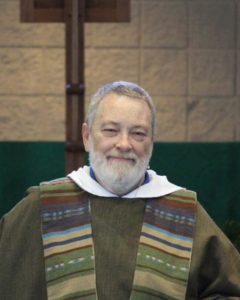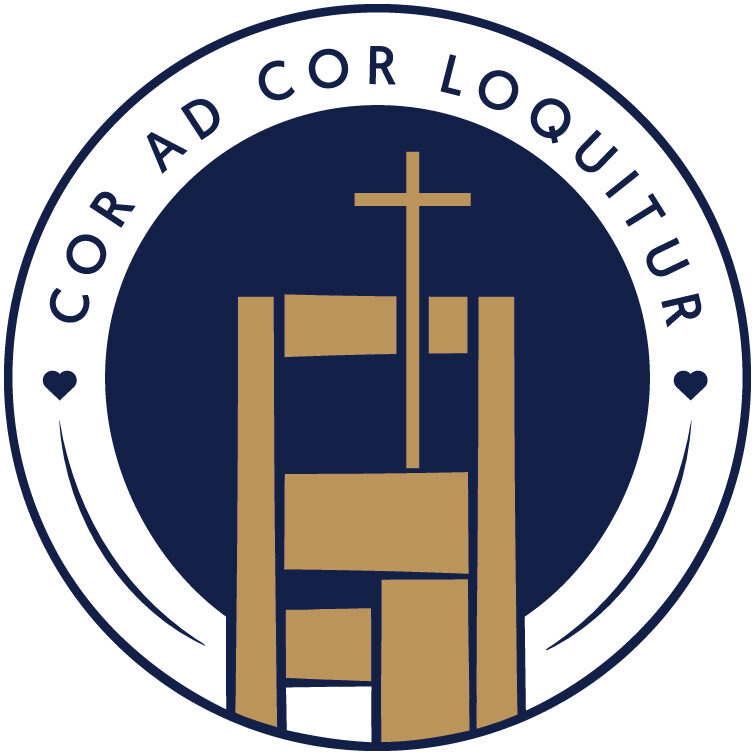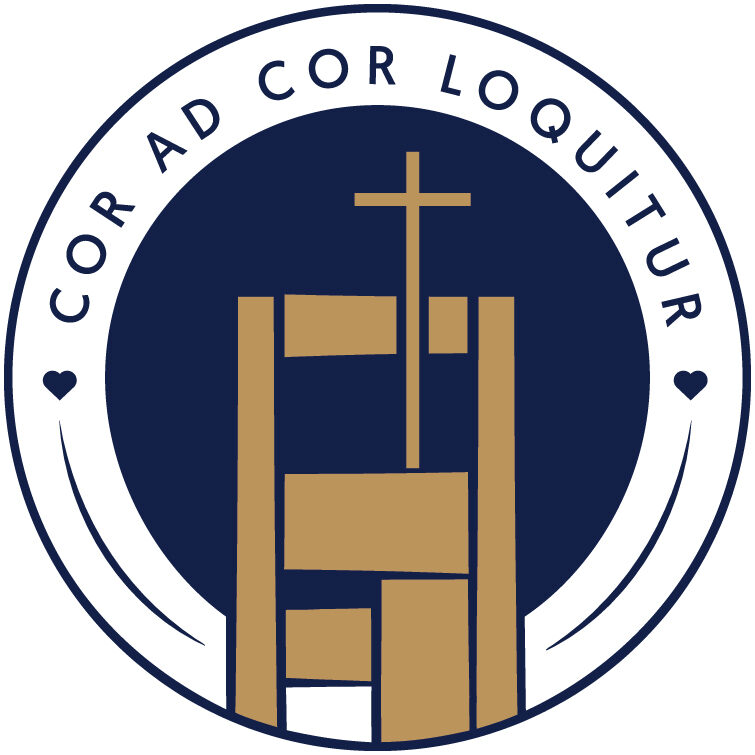 By Fr. Rich, O.P.
By Fr. Rich, O.P.
There are five figures in Rembrandt’s painting, “The Return of the Prodigal Son.”Facing the painting, to the left of center is the father gently embracing the returned son. Capturing a tender moment, one can almost feel father’s love for son. Within the context of the parable, God’s unfailing love and forgiveness for us is poignantly portrayed. In contemplating the scene, we are drawn to the obvious age of the father — the gray beard, stooped posture, the lined face and hands. In the painting, light enfolds the pair, as in our lives the light of God’s love enfolds us. We are the prodigal, having squandered our Father’s unequalled love and grace through lives of complacency and sin. Yet our Father always welcomes us back with a gentle, light-filled embrace of forgiveness and love. And he does it again and again.
For me, in contemplating this story, I ask myself the question, “Who am I in this story?” Within the story, father and young son are the central focus. The older son, always present, hard-working, undemanding, and compliant, is also part of the story. I can be, and have been, the young son — self-centered, looking only for an immediate gratification of my wants and desires, and ignoring my spiritual life in favor of my worldly one. I have certainly been the young son, coming to my senses and seeking the forgiveness of my Father, pledging to return to the important things in my life: prayer, ministry, study, and the discipline of loving God and those around me.
I can tell you that I’ve been a parent, going to the hill top, seeking a sighting of a lost child, and praying daily for their safe return. As a priest, one of my greatest privileges is participating in the sacrament of Reconciliation, welcoming the children of God back into communion with their Father. Listening, praying, and sharing absolution; within the context of that sacrament, any priest is In persona Christi, meaning “in the person of Christ.” So it is Christ and the Triune Godhead that welcomes the penitent back into the community. It is the warm embrace that is important, the grace-filled forgiveness and absolution that is the heart of the sacrament, just as it is the heart of the story of the prodigal son.
I have been the older brother — stable, always working at tasks that are “important” and need to be completed, uncomplaining, loyal, and supportive. I’ve been the older brother, quietly bitter when others get the “glory” or attention meant for me. In the picture, he is the central figure, albeit in the background of the scene, faded and almost a shadow. He is very much apart from the family though he perceives himself as the one, loyal, real son.
I invite you to spend some time in contemplation of this scene; it is an interesting experience to enter into it as different characters. It is an exercise in self-examination. It is an opportunity for us to enter more fully into the parable that Jesus shares in our Gospel.
I think the important thing to remember when we hear a parable is, that spoken or written millennia ago, they speak to us today if we are willing to listen. Even more so is it true now, when God’s love and our need for reconciliation is an important element in our Lenten journey.

